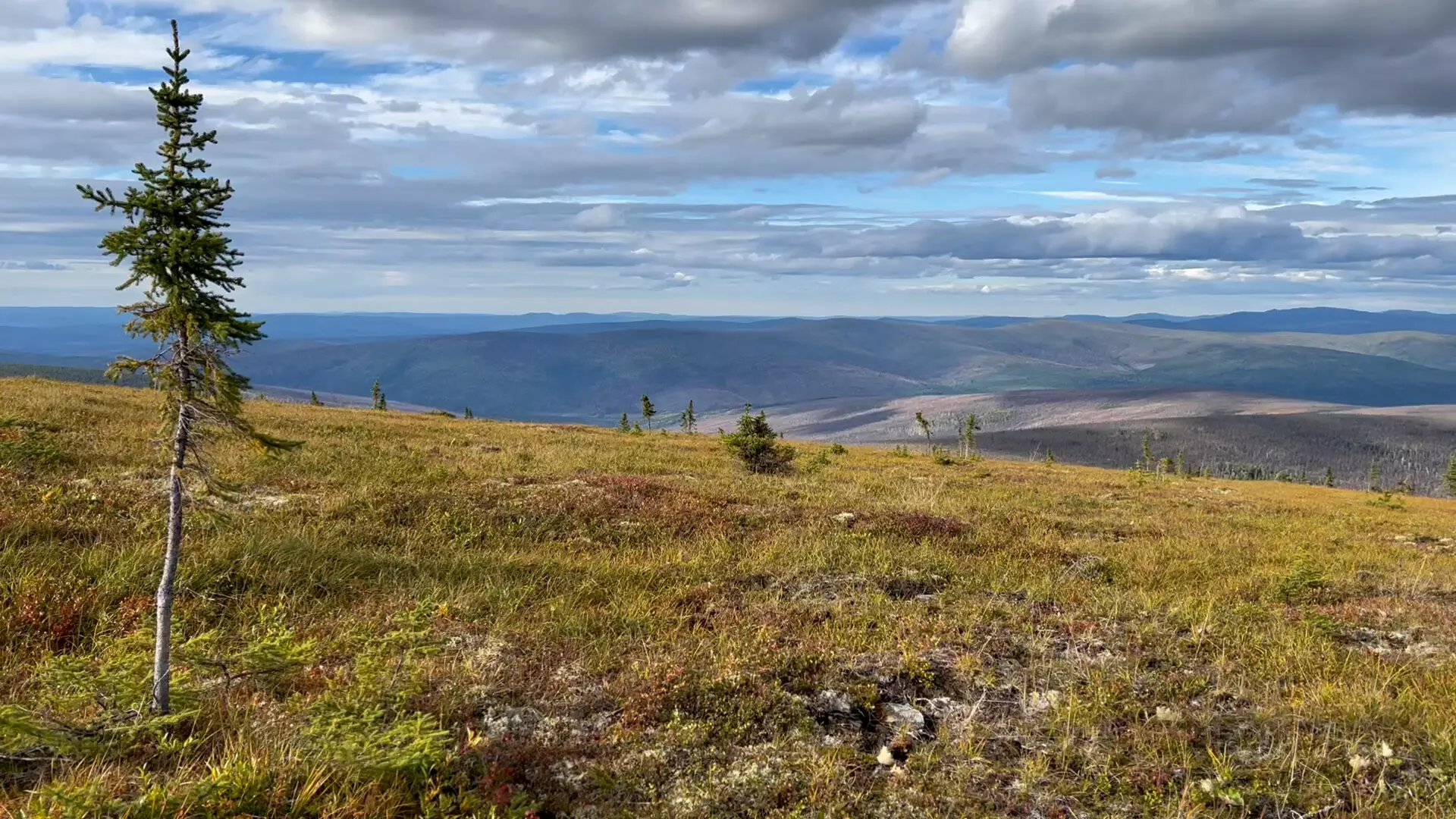In the context of global warming, the far northern forests are witnessing profound shifts in their ecological structure. Research from NASA indicates that these transformations will likely persist until at least the end of the century, leading to significant ramifications for carbon dynamics and ecosystem functionality. With vegetation structures becoming denser and higher, the boreal forests and tundra biomes are at a critical juncture that merits attention and concern.
Boreal forests traditionally flourish in regions between 50 to 60 degrees north latitude. These ecosystems, abundant with coniferous trees like pine, spruce, and fir, have been facing competition from the adjacent tundra biome, characterized by lower vegetation such as mosses, grasses, and some shrubs. Historically, permafrost and harsh climatic conditions have thwarted substantial tree growth further north. However, recent satellite data indicates a trend of encroaching greenery as trees and shrubs begin to rise in altitude and abundance within the tundra. For instance, areas that once supported sparse herbage are increasingly dotted with new vegetation.
The NASA-led study draws attention to the gradual northward migration of flora and concludes that the shift in vegetation patterns will continue, highlighting the dynamic nature of these ecosystems. According to Paul Montesano, a research scientist at NASA Goddard’s Space Flight Center, their observations using satellite data exemplify a broader phenomenon, suggesting that the clashes between boreal and tundra regions may yield new and indigenous ecosystem configurations.
One of the major implications of this evolving landscape lies in its potential for carbon absorption. The changing vegetation trends could enable these northern ecosystems to absorb increased amounts of carbon dioxide (CO2) through photosynthesis, thereby offsetting some effects of climbing gas emissions. This could lead to a gradual rebalancing of atmospheric carbon levels, especially significant in an era marked by rapid greenhouse gas rises.
Nonetheless, the situation is complex. As vegetation cover increases, the darker hues of leaf canopies absorb more sunlight, which can expeditiously thaw permafrost underneath. The permafrost, historically a stockpile of ancient carbon, could release significant amounts of CO2 and methane back into the atmosphere, inadvertently exacerbating climate change. The duality of these processes—carbon absorption coupled with potential emissions from thawing permafrost—forms an ironically intertwined narrative of both mitigation and exacerbation.
Utilizing an extensive array of technological tools, NASA scientists compiled a dataset that comprised nearly 20 million data points from the Ice, Cloud, and land Elevation Satellite 2 (ICESat-2) and tens of thousands of scenes captured by Landsat. These inputs allow scientists to model current and future forest structures under various climate scenarios. Their analytical approach—mixing satellite information with machine learning algorithms—grants them insights into potential future vegetation arrangements and carbon dynamics.
The ICESat-2 mission employs advanced laser technology to measure the height of trees and earth features, delivering crucial data on how these northern ecosystems are currently structured. Furthermore, predictive modeling based on climatic variables shapes expectations for future growth, characterized as a marked increase in both the density and size of vegetation in previously limited tundra areas.
The findings from this study underscore the broader implications of climate change on global ecosystems. As northern forests shift toward a greener biome, the dynamics between plant life, carbon storage, and climatic feedback loops become increasingly intricate. Moreover, understanding how these changes will unfold over the coming decades is crucial for shaping both mitigation and adaptation strategies globally.
Melanie Frost, a remote sensing scientist, aptly summarizes the scenario: “Our climate is changing and, as it changes, it affects almost everything in nature.” The cascading interrelationships between climate, forest structure, and carbon dynamics posit important questions for not only scientists but also policymakers, conservationists, and communities globally.
As the northern forests evolve amidst the relentless pressures of climate change, understanding their future potential and challenges becomes critical. Scientists are just beginning to scratch the surface of this complex, interconnected issue. With ongoing research and monitoring, there remains an opportunity to craft effective strategies for climate resilience that honor the unique dynamics of these dramatically changing ecosystems. Through comprehensive studies and heightened awareness, the integration of environmental stewardship with policy responses can contribute to a more sustainable future for both northern forests and the planet as a whole.

